Strengthen your bones and you might live longer
By becoming stronger through resistance exercise, you’ll reduce the risk of heart disease
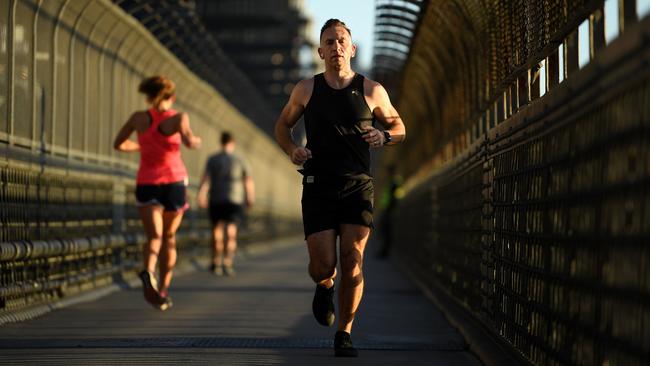
To protect your heart you must look after your bones. That is the message from scientists reporting in Heart journal who found thin and brittle bones to be a warning sign for heart attacks and strokes in women.
Researchers discovered that women with weakened bones in their neck, spine or hips were at greater risk of heart disease after other factors such as age, smoking, high cholesterol and blood pressure were taken into account. The findings came from a trial that involved reviewing, over a nine-year period, the medical records of 12,681 women in Korea aged 50 to 80.
Among those diagnosed with the bone-thinning condition osteoporosis, the risk of cardiovascular disease was on average 79 per cent higher than for those with a healthy skeleton, although bone weakness at specific sites meant that some fared worse than others. Women with osteoporosis in their hips, for example, were at nearly 200 per cent higher risk of heart disease than those with “normal” bone density.
Still, any level of bone weakness should be a cause for concern, says Dexter Canoy, a clinical epidemiologist in the Nuffield Department of Women’s and Reproductive Health at the University of Oxford who wrote an accompanying editorial in the journal.
“The lower the bone mineral density, the higher the risk of heart disease,” he says. “But the association was continuous, meaning the increase in cardiovascular risk was not limited to only those with very low BMD. It was apparent across the gradient of low bone density values.”
Quite how our bones are implicated in heart disease is unclear. Recent studies at Queen Mary University of London and the University of Southampton’s Medical Research Council found that men and women with weaker bones also have stiffer arteries. There are suggestions that atherosclerosis — the build-up of plaque inside the arteries — and bone tissue share similar underlying mechanisms. A process of formation and resorption (the constant building up then breaking down of bones) is what makes them stronger.
“Calcium and phosphorous levels in the body, regulated by the parathyroid hormone, play a key role in maintaining bone balance,” Canoy says. “In older people this balance is impaired, which can result both in the acceleration of bone loss so that bones become more brittle, as well as the speeding up of the atherosclerotic process, which leads to more ‘calcified’ tissues in the plaques of the arteries.”
It is too early to suggest that low bone density levels — which can be measured using a DEXA scan — are added to the list of risk factors for heart disease, but Canoy says “an association between bone health and cardiovascular disease has been observed for quite some time now”. According to Britain Royal Osteoporosis Society, 3.5 million people the bone-thinning condition affects half of women, often after the menopause, when levels of the bone-protecting hormone oestrogen plummet.
Because men have larger skeletons and no rapid hormonal later-life change, they experience bone loss later and at a slower rate than women. Still, about 20 per cent of men over 50 are believed to have the condition.
“Certain medications, including steroids and breast cancer treatments, can affect bone density,” says Sarah Leyland, a clinical adviser to the ROS. “In men, prostate cancer treatments that affect either the production of the male hormone testosterone, or the way it works in the body, also affect bone strength.”
Here’s what you can do.
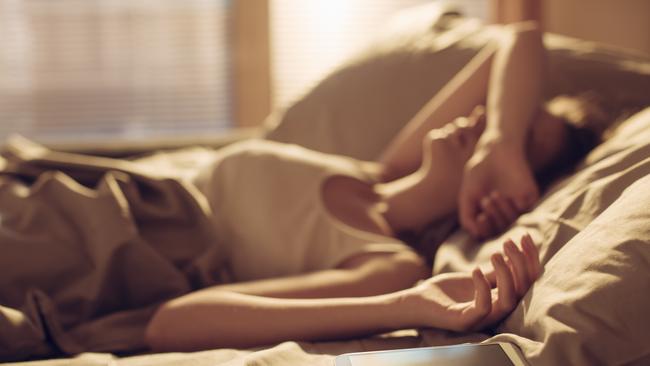
Get enough sleep
The body undergoes an array of processes during sleep, including bone building, so getting too little of it might harm your bones in the long term, according to a study published in the Journal of Bone and Mineral Research.
In the trial of 11,084 post-menopausal women by researchers at the University of Buffalo in New York state it was found that those who slept for five hours a night or less were most likely to have lower bone mineral density than those who slept for seven hours or more.
“There’s a rhythm throughout the day,” says Heather Ochs-Balcom, an associate professor in the department of epidemiology and environmental health at the university and the lead author. “If you are sleeping less, one possible explanation is that bone remodelling isn’t happening properly.”
Ochs-Balcom and her team looked at four sites — the whole body, the hip, the neck and the spine — and found that the self-reported five-hour sleepers had a 22 per cent higher risk of weaker bones and a 63 per cent higher risk of developing osteoporosis in their hips, with similar results for the spine. These differences, she says, are equivalent to one year of ageing.
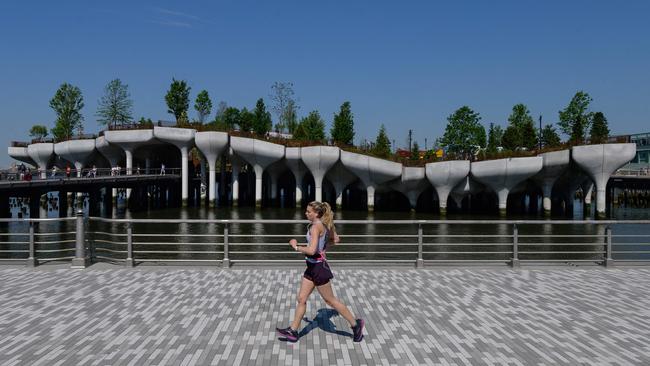
Take up running
Dr Katherine Brooke-Wavell, a senior lecturer in human biology at Loughborough University, says exercise works best for bones when it takes the body by surprise. Weight-bearing exercise strengthens bones in two ways: by causing working muscles to pull on the bone and by forcing bone to react to high-impact forces — both prompt bone regeneration.
“For an activity to be effective for bone strengthening, it needs to be something that puts a more rapid impact on the bone than your body is used to,” Brooke-Wavell says. “If you are very inactive, then walking more will be beneficial, but if you are used to walking a lot then walking even more won’t help much and you probably need to progress to running instead.”
If you do, it could offer added protection against osteoporosis by keeping your bone marrow youthful. One of the ways ageing takes its toll on our bones is by slowly converting healthy bone marrow into a fatty tissue that negatively affects blood and bone metabolism, potentially raising the risk of thinning bones.
A team of Australian researchers reporting in the Journal of Bone and Mineral Research found that running was the best way to slow this process and that people who ran more than 20km a week regularly had bone marrow that was equivalent to eight years younger than those who were sedentary. They also noted that for every 9km these long-term runners completed each week, their bone marrow was effectively one year younger. In less serious joggers who covered 20km to 40km a week, bone marrow was also more youthful, although to a lesser degree. Runners who regularly ran an average of 50km a week or more had bone marrow that was effectively eight years younger than sedentary people.
“Importantly, the findings suggest that the average person could gain ‘younger’ bone marrow by small amounts of running,” wrote Daniel Belavy, an associate professor in the Institute for Physical Activity and Nutrition at Deakin University in Australia. Brooke-Wavell says you do not need to run marathons to get some bone-strengthening benefits.
“It is the first few steps that probably make the difference in terms of strength gains,” she says. “For people who aren’t natural long-distance runners I would suggest incorporating brief bursts of 30 seconds of jogging, running or some jumping jacks into a walk.”
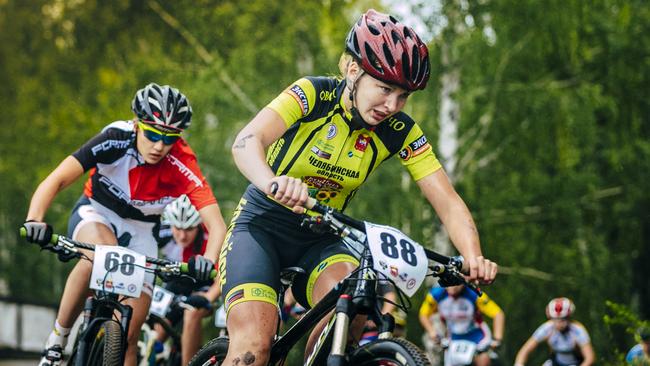
Add resistance if you cycle or swim
In his study, Belavy found that committed cyclists had fitness levels that matched the distance runners, yet even those who covered an average of 150km a week had bone marrow composition comparable to people living a sedentary lifestyle.
“If your weight is supported on a bike or in water, there is minimum impact for your bones,” Brooke-Wavell says. “When you run, the load through your hips and spine is repetitive and high-impact, which strengthens bones.”
So if swimming and cycling are your preferred form of exercise it is wise to add some sort of resistance training or weight-bearing exercise to the mix. That does not necessarily mean lifting weights, although that will definitely help. Brooke-Wavell’s latest study investigates whether three weekly half-hour sessions of exercises with resistance bands can help to improve bone density in the spines of post-menopausal women.
“Weights and resistance training have been shown to improve bone density of the hips and spine,” she says. “But other forms of resistance training might suit different women and exercise bands or weights machines are options.”

Try hopping daily
Committing to just five minutes of daily exercise could have a profound impact on bone health. In a 2019 study Brooke-Wavell asked a group of non-gym-going postmenopausal women aged 55 to 70 who had no existing injuries to perform up to 50 hops at home each day over 12 months to find out if it had any effect on bone strength. They hopped on the same leg daily so that a direct comparison could be made with the non-hopping leg when bone scans were taken at the beginning and end of the trial.
Results showed that the bone density increased in the hopping leg, but decreased in the non-exercise leg over the course of six months.
“The idea is to perform 50 hops on both legs every day,” Brook-Wavell says. “Hopping won’t suit everyone, but dancing and skipping would have a similar effect.”
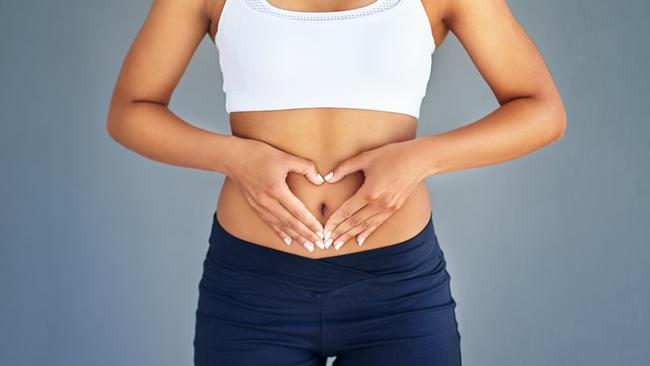
Keep your gut healthy
Emerging evidence suggests our gut microbiome might play a role in keeping the skeleton healthy as we age, and studies on mice have shown how levels of intestinal bacteria affect bone strength. Eating a gut-friendly, high-fibre diet will help, but so might taking a probiotic supplement.
In a human trial at the University of Gothenburg researchers found that older women who took a probiotic supplement for a year had lower levels of bone loss than women who took a placebo. In the study involving 90 women in their sixties to eighties Anna Nilsson, an associate professor in the department of geriatric medicine and the lead author of the paper, provided some with a daily powder containing the bacteria Lactobacillus reuteri, widely available in a variety of supplements, or with a non-probiotic powder. Neither Nilsson nor the participants knew who was taking what. By the end of the trial the women taking the probiotic powder had lost only half as much bone as the other group.
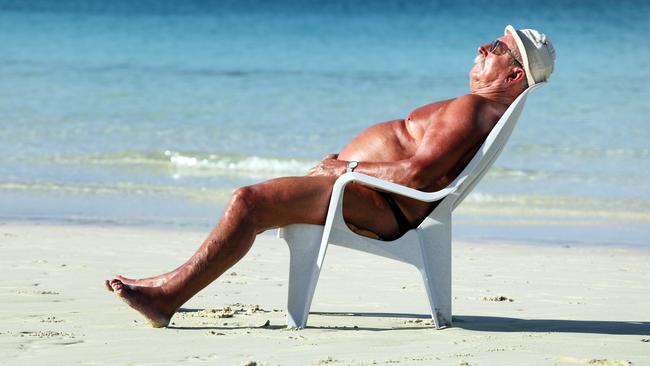
Get enough vitamin D and calcium
Since it boosts the body’s absorption of calcium and phosphate, which are needed for the skeleton to strengthen and harden, vitamin D is essential for healthy bones. “Low vitamin D levels can increase your risk of osteoporosis and fractures,” Leyland says. “And a deficiency causes the soft, weak bones of rickets and osteomalacia.”
Vitamin D is found in the diet in relatively small amounts, but sunlight is the best provider.
When it comes to calcium, diet is the best provider. “Adults need 700mg of calcium a day,” Leyland says. “It is widely found in many foods, including tofu, almonds, sesame seeds, leafy greens and dairy products.”
The Times


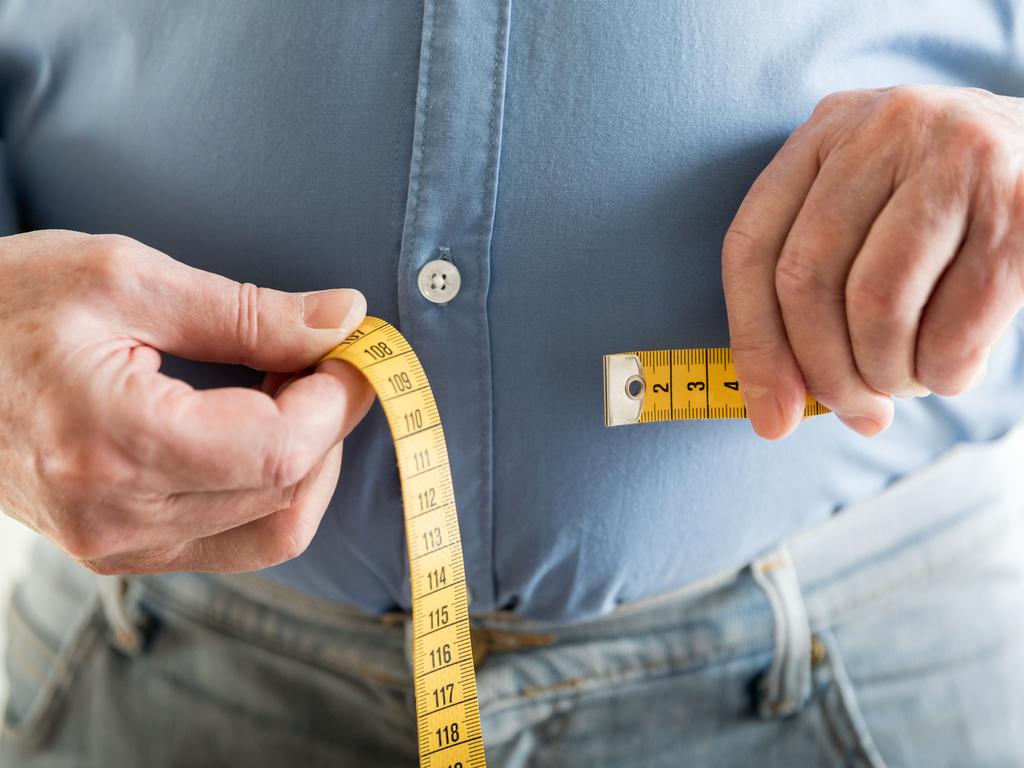

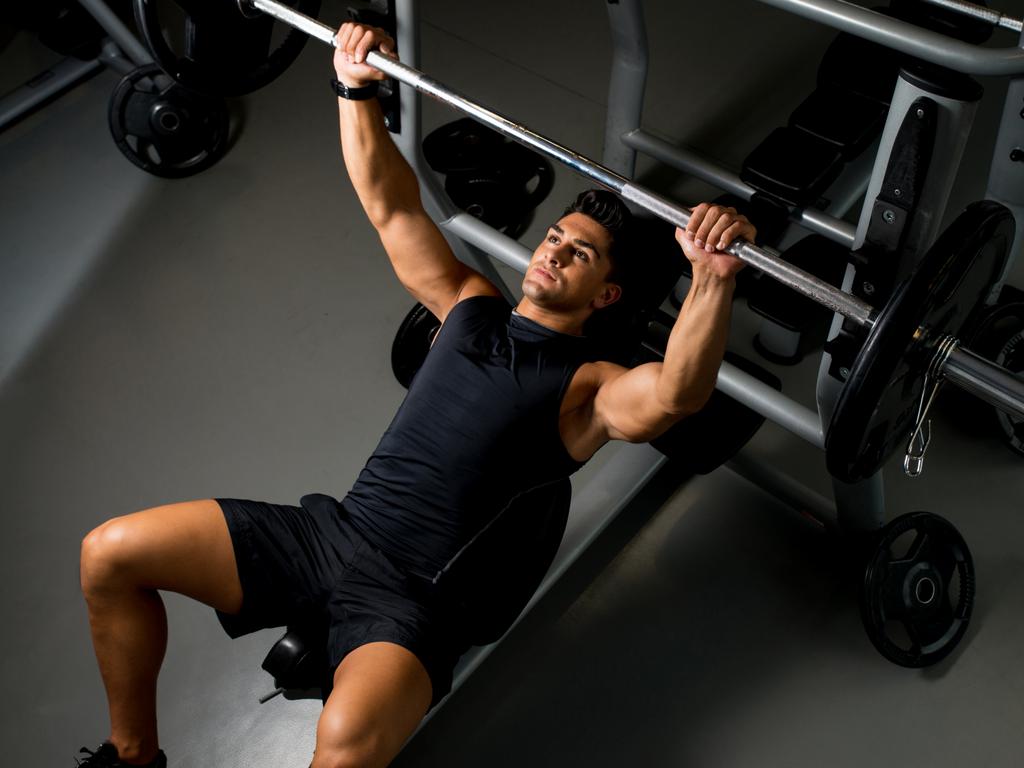

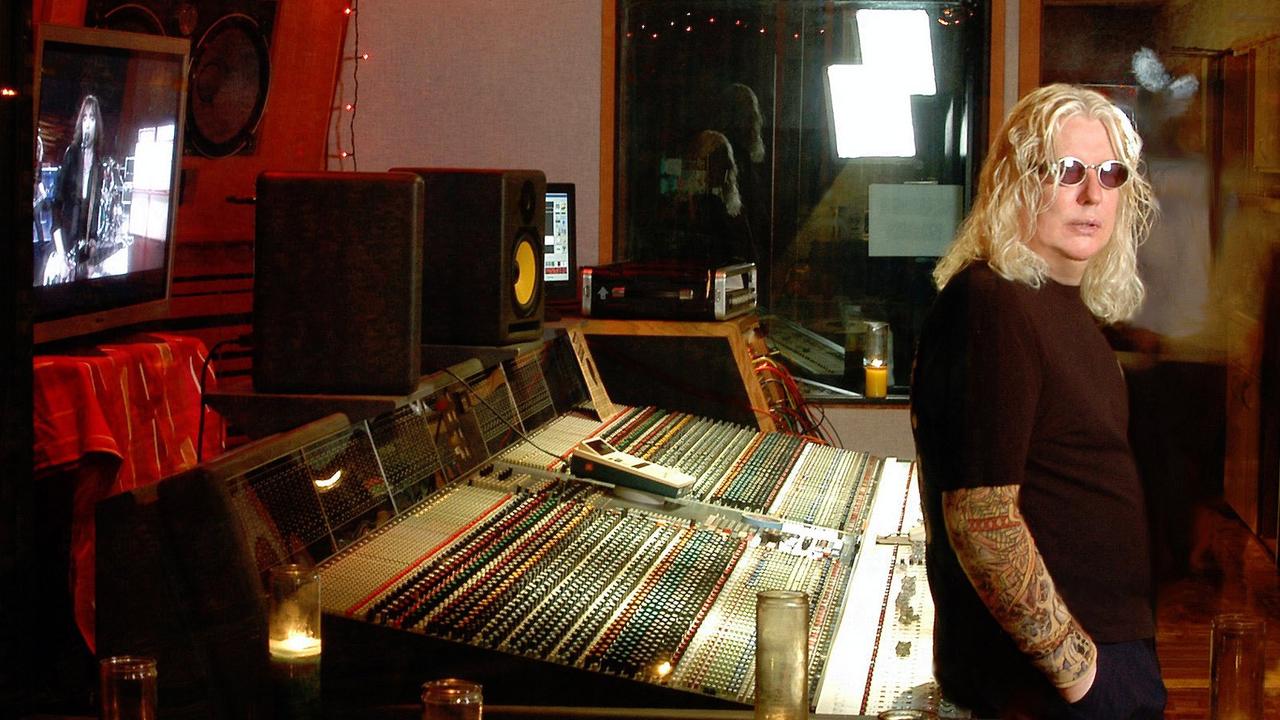
To join the conversation, please log in. Don't have an account? Register
Join the conversation, you are commenting as Logout